
Did you know there are ‘ Australian Road Rules ’ that form the basis for traffic laws throughout Australia? They’re set out in a 358-page document, which the National Transport Commission reviews and updates from time to time. But they are guidelines only, and each state forms its own specific laws and provisions.
Here are 10 differences drivers should know about before travelling interstate.

All states and territories have penalties for illegal mobile phone use and the laws are broadly similar to those in NSW , although there are some discrepancies.
In NSW, a driver is permitted to pass a mobile phone to a passenger, but in Victoria this is forbidden. A driver may only touch a mobile phone when showing a digital licence to police or paying for something at a drive-through.
In Victoria, the rules applying to mobile phones also extend specifically to smart watches, smart glasses and similar wearable devices. You must not touch these devices for any reason, except for the incidental contact that results from wearing them.
In Western Australia it is illegal for a driver to pass a mobile phone to a passenger.
Like Victoria, the ACT specifically forbids the operation of wearable devices, such as a smart watches, while driving.
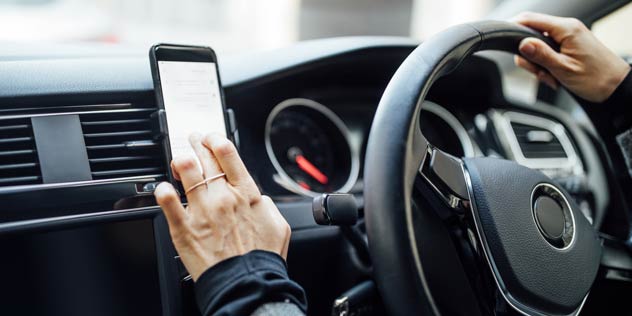
Many states have specific limitations on P-platers using mobile phones.
Both P1 and P2 licence holders are banned from using a phone in any way unless their car is parked.
P1 drivers under the age of 25 are forbidden to use a mobile phone in any fashion while driving. P2 drivers are permitted to use hands-free functions on their phone.
Western Australia has no special restrictions on mobile phone use for P-platers, but they are bound by the same laws that apply to unrestricted licence holders.
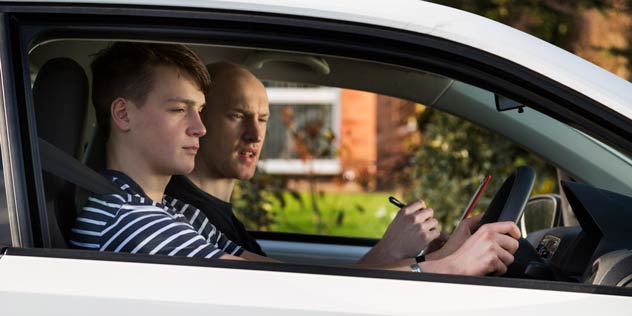
In NSW and Tasmania learner drivers are limited to 90km/h, but this varies greatly from state to state.
In Victoria, Queensland and the ACT, learners can drive up to the posted speed limit the same as drivers with an unrestricted licence.
In Western Australia and South Australia, learner drivers are limited to 100km/h.
In the Northern Territory learner drivers are not permitted to exceed 80km/h.
In NSW and the ACT, P1 drivers are restricted to 90km/h and P2 drivers must drive no faster than 100km/h. Different rules apply in other states and territories.
No special restrictions apply to P-platers and they are permitted to drive at the posted speed limit.
Both P1 and P2 licence holders are not permitted to exceed 100km/h.
In Tasmania P1 drivers are limited to 100km/h. P2 drivers can drive at the posted speed limit.
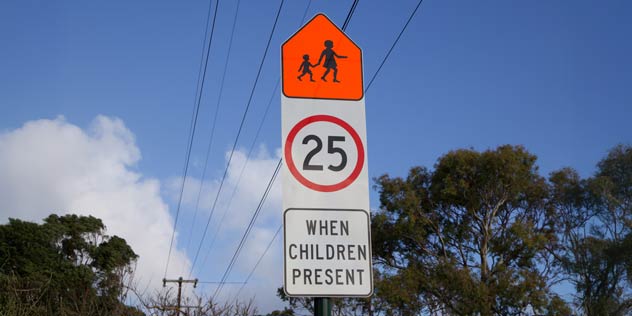
By and large the 40km/h school zone limit seen in NSW also applies in other states, but there are exceptions and school zone operating hours (8am-9:30am and 2:30pm-4pm in NSW) can differ.
Victoria has the same 40km/h speed limit and operating hours as NSW, but the school zone speed limit increases to 60km/h on roads where the regular speed limit is 80km/h or higher outside school zone hours.
Queensland school zones are in force from 7am-9am and 2pm-4pm and the speed limit is 40km/h (like Victoria, this increases to 60km/h on roads where the regular speed limit is 80km/h or higher outside school zone hours).
In South Australia school zones have a 25km/h speed limit and there are no set days or hours – the limit is in force whenever children are present in the school zone.
In the ACT a 40km/h limit applies in school zones between 8am and 4pm on school days.
In Western Australia a 40km/h limit applies in school zones, but the morning school zone period starts at 7:30am rather than 8am as it does in NSW.
Northern Territory
In the Northern Territory school zones have a 40km/h speed limit and operate between 7am and 5pm on school days.
Tasmania
Tasmanian school zones have the same speed limit and operating hours as NSW.
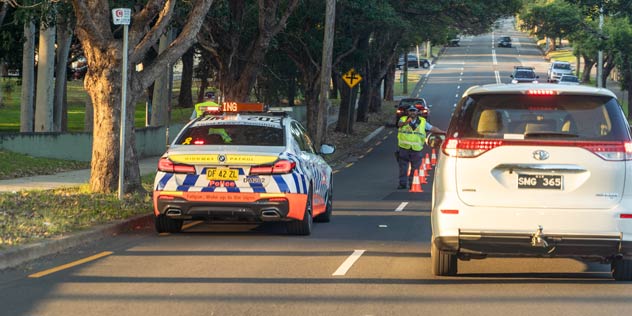
Many years ago, the legal blood alcohol limit differed from state to state, but in 2025 all states and territories enforce the same 0.05 limit prevalent in NSW.
This limit only applies to passenger car drivers with an unrestricted licence – P1 and P2 licence holders in all states and territories must have a 0.00 blood alcohol level to drive legally and in most cases an offence will result in fines and a disqualified licence.

In NSW and the ACT, you are allowed to sleep in your car provided it is parked legally – and in fact in NSW it is encouraged to help prevent driver fatigue. This is not the case in other states.
While you’re technically allowed to sleep in your car in Victoria, some councils have introduced by-laws prohibiting the practice. So you’ll need to look up the local laws before pulling over for a snooze!
Queensland has some of Australia’s strictest rules about when and where you are permitted to sleep in your car (in Brisbane it’s considered a form of camping) and these rules can differ from region to region. If you need to stop for a bit of shut-eye, a safe bet is to stick to rest areas wherever possible.
It is not illegal to sleep in your car in these states, but there are strict limitations on parking at beaches, parks, reserves etc. So make sure you check any signage or local laws before stopping for that kip.
Like Brisbane, Darwin deems sleeping in your car a form of camping, and camping in a public space can incur a fine. More broadly, the Northern Territory tends to frown upon sleeping in one’s car outside designated camping areas, so be sure to scour the list of suitable places on the NT government website before you head off.
In every state and territory except Victoria, it is illegal to perform a U-turn at an intersection with traffic lights unless it is marked with a ‘U-turn permitted’ sign. In Victoria the converse applies – a U-turn is permitted at an intersection with traffic signals unless it is marked with a ‘No U-turn’ sign.
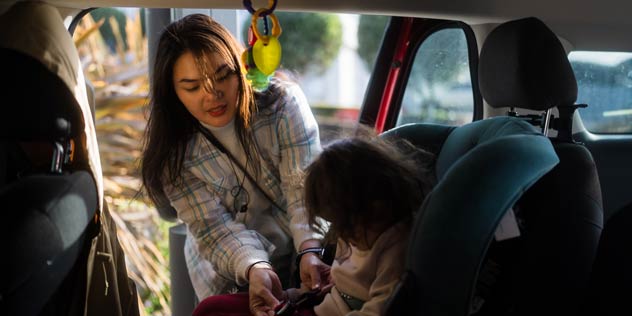
All states and territories use the Australian Road Rules as guidelines for child restraint laws and they are broadly similar wherever you go (children must be fitted in an approved restraint from birth to 7 years). There are, however, jurisdictional variances that could catch out unwary travellers.
Click on the relevant state or territory to get the facts directly from the related government website.
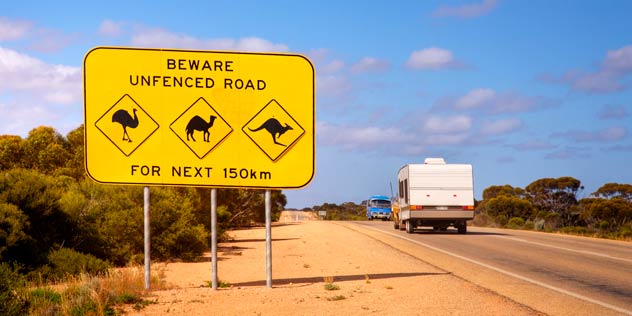
In all states except Western Australia, a driver towing a caravan may travel at the posted speed limit – although most government and caravanning websites urge caravanners to use common sense and drive to conditions.
There are two notable exceptions:
In NSW you can tow a caravan at the posted speed limit provided the GVM or gross vehicular mass – the combined weight of the caravan and towing vehicle – does not exceed 4500kg. If the GVM is greater than 4500kg, a 100km/h speed limit applies.
If you’re towing a caravan in Western Australia, a 100km/h maximum speed applies no matter the GVM of your rig.
If you’re thinking about letting your learner driver or P-plater get behind the wheel, think again. Each state has its own towing laws for provisional licences:
Learner drivers are not permitted to tow any type of caravan or trailer.
P1 and P2 licence holders may tow up to 250kg.
Learner drivers are not permitted to tow a trailer or caravan.
P-platers may tow a vehicle, but only if their employer requests it, if they’re doing so for commercial agricultural purposes, or if they’re accompanied by a fully licensed driver.
Learner drivers and P-platers are permitted to tow a caravan in Queensland provided the L or P plate is visible on the back of the caravan.
L-platers are not allowed to tow in Tasmania. P1 and P2 licence holders may tow provided the appropriate plate is displayed at the back of the caravan.
Learner drivers are permitted to tow a caravan provided they have a supervising driver alongside them in the vehicle.
There are no towing restrictions on P1 or P2 drivers, except that they must display their P-plates on the rear of the caravan.
Learner drivers are permitted to tow a trailer or caravan provided an L-plate is displayed at the back of the caravan.
P1 and P2 licence holders are allowed to tow unaccompanied.
Learner drivers and P1/P2 licence holders may tow a trailer up to 750kg.